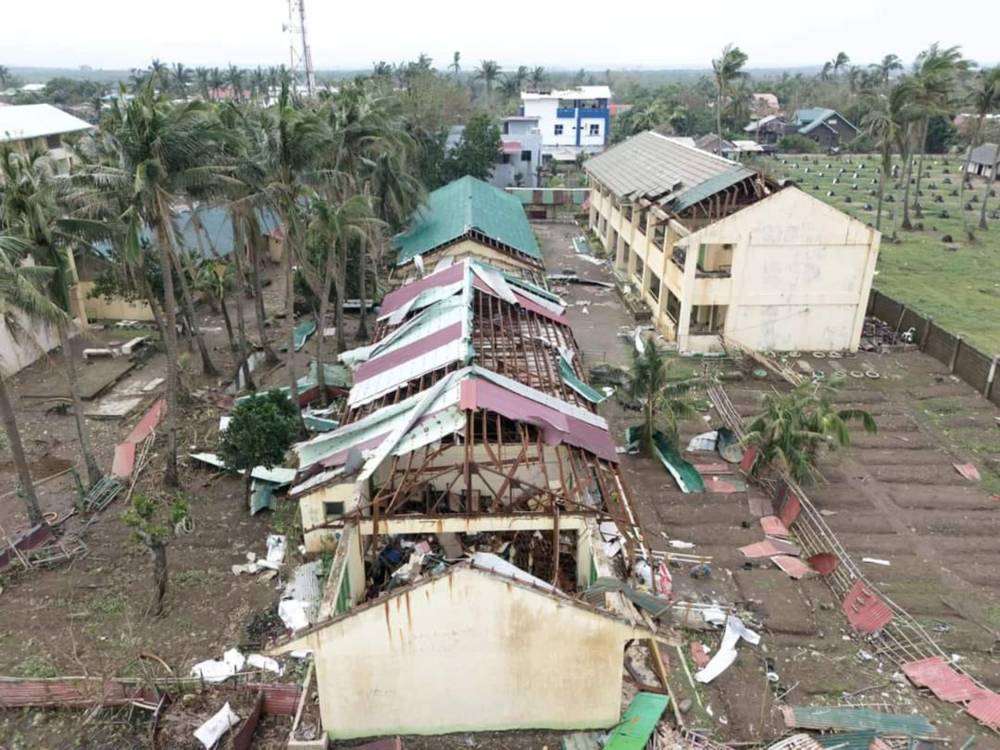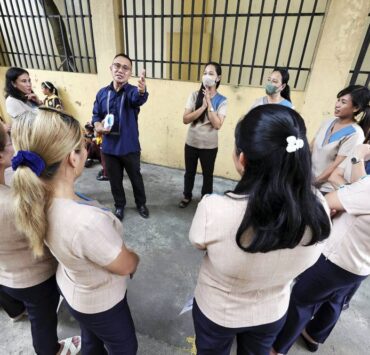Extreme weather study says PH 10th hardest hit

The Philippines ranked 10th in the list of countries most affected by extreme weather events over nearly three decades based on a study released by an environmental policy think tank.
Leading the list was Dominica, followed by China, Honduras, Myanmar, Italy, India, Greece, Spain and Vanuatu, according to the 2025 Climate Risk Index (CRI) presented by Germanwatch on Wednesday.
Germanwatch said the Philippines placed high on the list because of the “relative number of people affected, accompanied by relative fatalities and economic losses” caused by past climate events.
The study found out that over 29 years, or from 1993 to 2022, more than 6.4 million Filipinos were affected by a total of 372 extreme weather events, causing more than $34 billion in economic losses when adjusted for inflation, or almost P2 trillion.
“Because of [the Philippines’] geographical location, the archipelagic country is regularly hit by typhoons, such as Ketsana (locally known as Ondoy) in 2009, Bopha (Pablo) in 2012, Haiyan (Yolanda) in 2013, Mangkhut (Ompong) in 2018 and Goni (Rolly) in 2020,” said Germanwatch.
The nongovernment organization noted that Supertyphoon “Yolanda” alone—the strongest recorded typhoon in the Philippines—killed more than 7,000 people and damaged 1.1 million homes in nine regions. Total damages reached $13 billion, or almost P757 billion.
Continuous threat
“Apart from these exceptionally devastating typhoons, the Philippines was hit by multiple other tropical cyclones every year between 1993 and 2022, making these events a continuous threat,” it added.
Germanwatch said that a high rank in the CRI should serve as a “warning” to listed countries that these hazards may continue to occur and may even intensify due to global warming.
“Science can clearly demonstrate climate change’s significant effect on the frequency, intensity and duration of extreme weather events,” read the study.
The Philippines, the group said in particular, regularly ranks among the most affected countries because of the continuous threats from climate events.
The country previously ranked fourth globally among countries most affected by extreme weather events that occurred from 2000 to 2019, based on Germanwatch’s 2021 index, its latest release before this year’s study.
Climate financing
According to the group, the CRI highlighted the need for more vulnerable countries to increase climate financing.
Germanwatch noted that a New Climate Finance Goal for post-2025 was decided during the Conference of Parties 29 in Baku, Azerbaijan, but it was “perceived as a great disappointment.”
“It targets mobilizing [around $300] billion annually by 2035 for developing countries to mitigate and adapt to the climate crisis, without clear thematic subgoals or floors,” the study said. “The decision includes the request that developed countries ‘take the lead’ (with no clear definition of what this refers to), while developing countries are encouraged to contribute voluntarily.”
It also noted that when it comes to the Fund for Responding to Loss and Damage, which also aims to provide financing for vulnerable countries, “few countries have announced a contribution and the overall volume of pledges (around $56 million) is very low compared with the needs.”
The CRI “is a backward-looking index” that examines the realized risks of 171 countries. The study analyzed the effects of climate-related extreme weather events based on data from the International Disaster Database of EM-DAT, the World Bank and the International Monetary Fund.
Extreme weather events were classified by the index into three categories: hydrological (such as floods), meteorological (storms and heat waves) and climatological (wildfires and droughts).

















